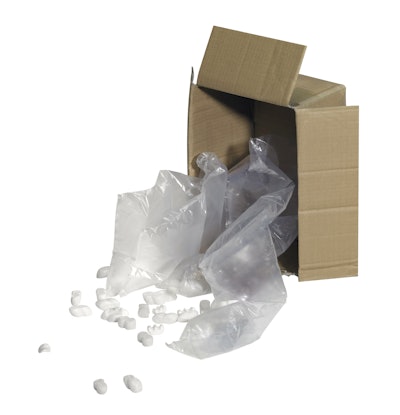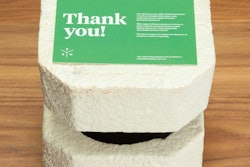
Demand for protective packaging in the U.S. is forecast to expand 4.9% per year to $6.8 billion in 2019, bolstered by strong gains in Internet shopping. As consumers purchase more products online, demand will increase for packaging that can protect these goods from shock, vibration, abrasion, and other damaging effects of shipping and handling.
Continued growth in manufacturing markets and acceleration in construction spending will also support increases for protective packaging, although gains will moderate from those during the 2009-2014 period, which was driven by recovery from the recent recession. Additionally, offshoring of durable goods manufacturing continues to present a challenge to local packaging providers. These and other trends are presented in Protective Packaging, a new study from industry market research firm The Freedonia Group, Inc.
The fulfillment of e-commerce sales will be the main driver of growth for protective packaging, supporting gains for products such as air pillows and protective mailers, which are used by various participants in the Internet shopping market.
Freedonia reports that environmental concerns will bring about changes for protective packaging, primarily for goods delivered directly to consumers. For example, foam loosefill is being supplanted by air pillows and paper fill products in part due to concerns that foam is harmful to the environment. “The burgeoning Internet-based grocery and meal-kit delivery market,” notes Analyst Katie Wieser, “will support gains for products made from environmentally sustainable insulating products, including jute and reusable vacuum-insulated panels, as firms look to make their business as environmentally friendly as possible.”
Likewise, the desire to reduce packaging weight and bulk has led to the introduction of packaging, which is customized to the specific product.
Flexible packaging products, including protective mailers, bubble packaging, air pillows, paper fill products, and dunnage bags, will continue to dominate due to their cost efficiency and their ability to package a variety of goods.
Foam protective packaging, adds Freedonia, will comprise the second-largest share of total demand, with established applications in manufacturing markets providing growth opportunities despite competition from rigid and flexible materials with more favorable environmental profiles. Foam products include insulated shipping containers, molded foams, foam-in-place polyurethane, rolled foam, and loose fill.
Rigid protective packaging products account for the smallest portion of total demand. However, these products are expected to post healthy gains as molded pulp and paperboard protectors both benefit from a less variable pricing structure and trends toward sustainability.
The 313-page Protective Packaging report is available for $5,400 from The Freedonia Group, Inc. For further details contact Corinne Gangloff by phone 440.684.9600 or e-mail [email protected].


























